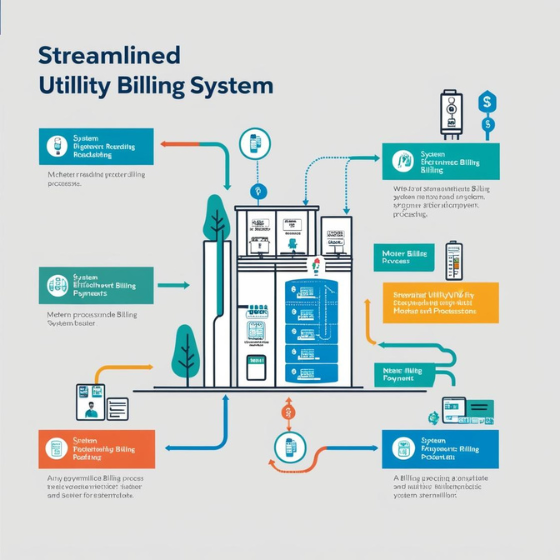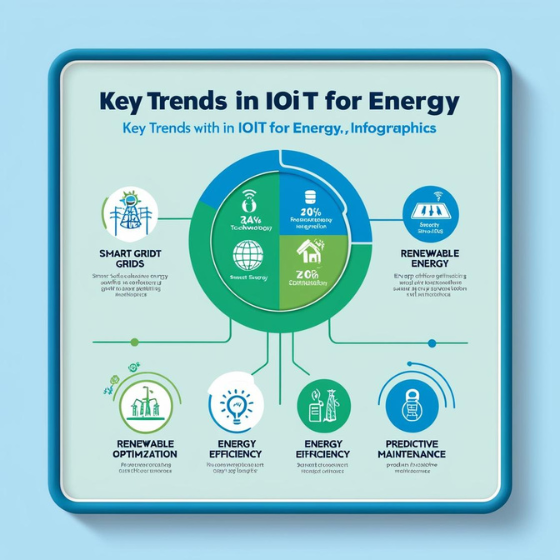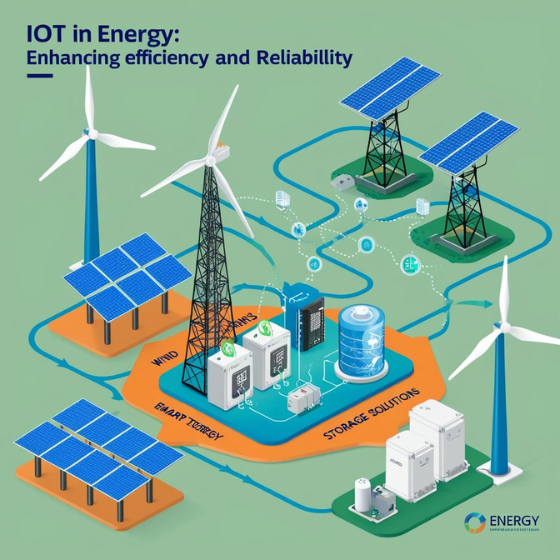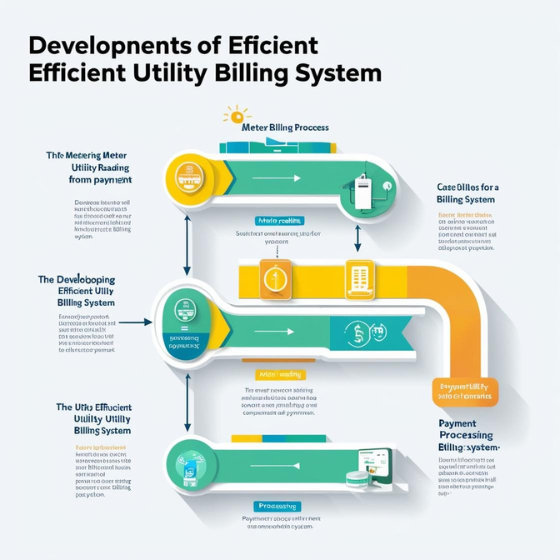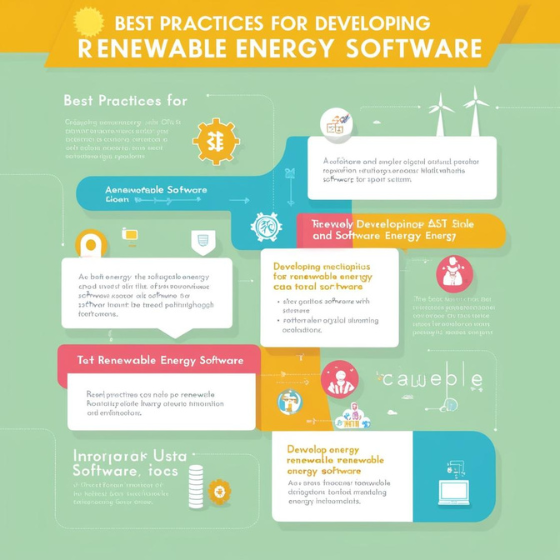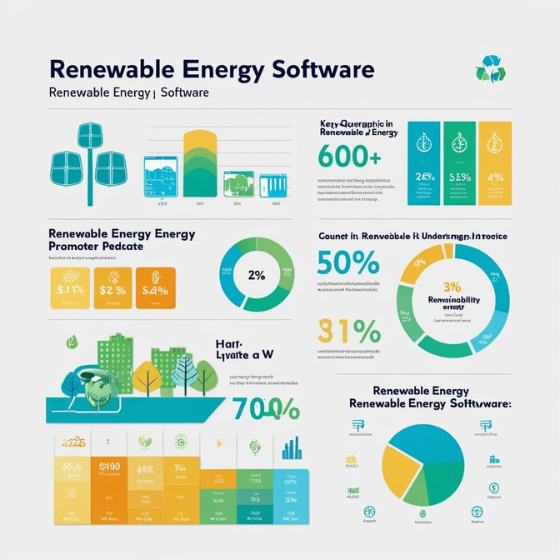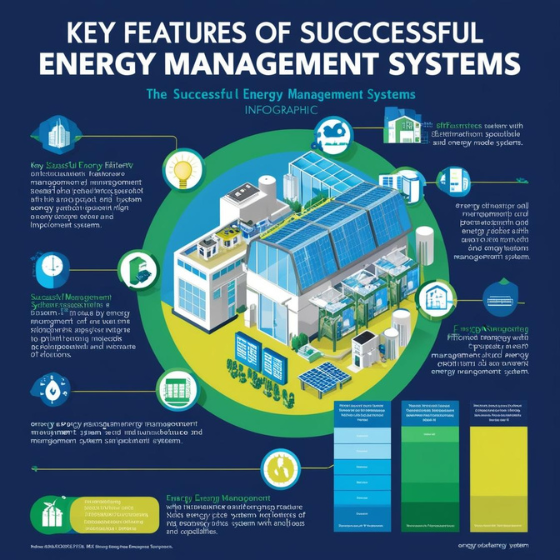Utility Billing Systems: Streamlining Billing Processes
Efficient utility billing systems are essential for energy providers, municipalities, and utility companies to manage billing operations seamlessly. As the energy industry grows increasingly complex—with renewable sources, dynamic pricing models, and evolving regulations—advanced utility billing systems are no longer optional. These systems streamline billing, reduce errors, and enhance customer satisfaction, paving the way for operational excellence and transparency.
In this blog, we’ll explore the key features, benefits, and best practices for implementing modern utility billing systems, helping organizations keep pace with industry demands.
What Are Utility Billing Systems?
Utility billing systems are software platforms designed to automate and optimize the process of calculating, invoicing, and collecting payments for utilities like electricity, water, gas, and even renewable energy. These systems go beyond mere billing—they often integrate with energy management tools, customer portals, and analytics platforms to deliver a comprehensive solution for both providers and users.
Key Features of Utility Billing Systems
1. Automated Billing
Automating the billing process eliminates manual calculations, reduces human error, and saves time.
- Dynamic Pricing Support: Automatically adjusts rates based on peak hours, time-of-use, or renewable energy contributions.
- Integration with Smart Meters: Reads real-time consumption data to generate accurate bills.
2. Customer Self-Service Portals
Modern utility billing systems include portals where customers can:
- View and pay bills online.
- Track their energy or water consumption in real time.
- Set alerts for high usage or payment reminders.
3. Multi-Utility Support
For providers offering multiple services (e.g., electricity, water, and gas), the system can manage billing across these services with a unified interface.
4. Flexible Payment Options
Utility billing systems support diverse payment methods, including credit/debit cards, ACH transfers, and digital wallets, improving customer convenience.
5. Regulatory Compliance
Built-in compliance tools ensure billing adheres to local and international energy regulations, tax laws, and data privacy standards.
6. Analytics and Reporting
- Provides insights into customer usage patterns.
- Tracks overdue payments and billing trends.
- Enables providers to forecast revenue and improve resource allocation.
Benefits of Streamlining Billing Processes with Utility Billing Systems
1. Improved Efficiency
Automation reduces the administrative burden, allowing utility companies to focus on core operations like energy distribution and infrastructure management.
2. Enhanced Customer Experience
Accurate bills and transparent portals build trust, reducing disputes and increasing customer satisfaction.
- Example: A customer can see how renewable energy credits lower their monthly bill.
3. Reduced Errors and Fraud Risks
Automated systems minimize manual input, reducing the likelihood of billing discrepancies and fraud.
4. Cost Savings
- For Providers: Fewer resources are needed for manual billing, customer queries, or error resolution.
- For Customers: Accurate billing prevents overcharges and helps manage budgets better.
5. Seamless Integration with Other Systems
Utility billing software often integrates with:
- Customer Relationship Management (CRM) tools.
- Enterprise Resource Planning (ERP) systems.
- Smart grid and renewable energy management systems.
Best Practices for Implementing Utility Billing Systems
1. Understand Your Organization’s Needs
Evaluate your current billing challenges and prioritize the features that address them.
- Are you managing multiple utilities?
- Do you need time-of-use pricing capabilities?
- Are you transitioning to renewable energy billing?
2. Choose Scalable Software
Select a platform that grows with your organization, accommodating new customers, services, or pricing models.
3. Prioritize Data Security
With sensitive customer data at stake, robust security measures are non-negotiable.
- Use encryption and tokenization to protect financial transactions.
- Ensure compliance with data privacy laws like GDPR or CCPA.
4. Train Your Team
Proper training ensures your team can make full use of the software’s capabilities, from automation to analytics.
5. Offer User-Friendly Customer Portals
An intuitive design improves adoption rates and reduces support queries.
6. Regularly Update and Optimize
Regular updates ensure compliance with regulations, add new features, and improve software performance.
Case Study: Utility Billing System Success
Client: A regional electricity provider serving 500,000 customers.
Challenge:
- Frequent billing disputes due to estimated usage.
- Limited online payment options leading to delayed collections.
Solution:
- Implemented a utility billing system with smart meter integration.
- Launched a customer portal for real-time usage tracking and bill payments.
Results:
- 80% reduction in billing disputes.
- 25% increase in on-time payments.
- Enhanced customer satisfaction ratings.
Future Trends in Utility Billing Systems
1. Blockchain for Transparent Transactions
Blockchain technology is being explored for secure, immutable billing records and peer-to-peer energy trading.
2. AI-Powered Billing Insights
AI will enhance forecasting accuracy, predict billing errors, and recommend personalized pricing plans.
3. Renewable Energy Integration
Utility billing systems will increasingly support net metering and billing for hybrid energy setups, such as homes using both solar panels and grid electricity.
4. Mobile-First Solutions
With growing smartphone usage, utility billing platforms will prioritize mobile accessibility for customers and field staff.
Conclusion: The Future of Utility Billing
Streamlined utility billing processes are essential for operational efficiency, customer satisfaction, and adapting to the rapidly evolving energy landscape. By leveraging advanced utility billing systems, organizations can reduce errors, optimize operations, and embrace the future of dynamic energy pricing and renewable integrations.
Ready to modernize your utility billing processes? Discover how Sodio’s cutting-edge solutions can transform your operations and enhance customer experiences. Contact Us today!
